Video
published on 07 June 2022
The people of ancient Rome loved spectacles and, lucky for them, they could often be entertained by lavish public shows. The emperors of Rome knew of their people's love of spectacle so a way that they could garner popularity and prestige during their reign was to put on great shows in their purpose-built arenas and venues. These venues would host any number of events from chariot races and gladiator fights to processions, executions, and even mock naval battles. I guess their love of sports and spectacles makes it less surprising that some of the best-preserved architecture from ancient Rome are the buildings that were constructed for entertainment purposes.
Rome’s enormous Circus Maximus was the place to be if you wanted to catch the most prestigious chariot races that the empire put on, but by the third century CE you could see these spectacular events in other major cities like Alexandria, Constantinople, and Antioch, and as the empire continued, the chariot races just got even more popular. Then there were the gladiatorial events which were always popular. The display of courage, bloody spectacle, and the potential for the underdog to rise to victory were all parts of what made gladiator fights so appealing to the Roman audience.
— TRAVEL TO ANCIENT GREECE WITH US —
Join our expert tour guide Dr Rita Roussos on a 9 day trip from Athens, to Thebes, Olympia, Delphi and Mycenae (just to name a few highlights). We hope to see you there! https://www.andantetravels.com/tours/worldwide-escorted-tours/ancient-treasures-of-greece/?utm_source=WHE&utm_medium=Referral&utm_campaign=WHE%20US
— SUPPORT US VIA OUR PATREON—
https://www.patreon.com/join/whencyclopedia
— BUY OUR MERCH —
https://www.worldhistory.store/
— CHAPTERS —
0:00 Introduction
0:55 Spectacle in Ancient Rome
3:32 Chariot Races
5:32 Gladiators
8:32 Triumphs, Mock Naval Battles and Executions
10:43 Roman Theatre
11:58 Outro
— WANT TO KNOW MORE? —
Roman Games, Chariot Races & Spectacle https://www.worldhistory.org/article/635/roman-games-chariot-races–spectacle/
Circus Maximus https://www.worldhistory.org/Circus_Maximus/
Colosseum https://www.worldhistory.org/Colosseum/
Roman Triumph https://www.worldhistory.org/Roman_Triumph/
Mythological Re-Enactments in Ancient Roman Spectacle https://www.worldhistory.org/article/796/mythological-re-enactments-in-ancient-roman-specta/
Roman Gladiator https://www.worldhistory.org/gladiator/
Female Gladiators In Ancient Rome https://www.worldhistory.org/article/35/female-gladiators-in-ancient-rome/
— WATCH NEXT —
Ancient Roman Art and Architecture https://www.youtube.com/watch?v=agbRzU7DZIk
The Roman Invasion of Britain with Richard Hingley https://www.youtube.com/watch?v=YNfdfuH7z1c
An Introduction to the Ancient Roman Religion and Mythology https://www.youtube.com/watch?v=kkNRUBZ9GjI
The Destruction of Ancient Pompeii https://www.youtube.com/watch?v=PNPNBarRhQc
The Founding of Rome: The Story of Romulus and Remus in Roman Mythology https://www.youtube.com/watch?v=HyxPwsrbaT4
— ATTRIBUTIONS —
You can find all attribution and credits for images, animations, graphics and music here - https://worldhistory.typehut.com/ancient-roman-games-sports-and-spectacles-images-and-attributions-9822
The music used in this recording is the intellectual copyright of Michael Levy, a prolific composer for the recreated lyres of antiquity, and used with the creator's permission. Michael Levy's music is available to stream at all the major digital music platforms. Find out more on:
https://www.ancientlyre.com
https://open.spotify.com/artist/7Dx2vFEg8DmOJ5YCRm4A5v?si=emacIH9CRieFNGXRUyJ9
https://www.youtube.com/channel/UCJ1X6F7lGMEadnNETSzTv8A
— THUMBNAIL IMAGE —
https://www.flickr.com/photos/carolemage/15290840790/in/photostream/
Carole Raddato
CC BY SA 2.0 - https://creativecommons.org/licenses/by-sa/2.0/
https://www.flickr.com/photos/carolemage/17163256766/in/photolist-s9Ebh7-2kkMXm2-23qXjtV-2335grc-nDPUmm-2ku47t2-nE3jJD-nBZFty-nE2zqo-nBZJn9-nE3wFe-nE3otH-nFPPvD-nBZQ8h-eLJv28-nDKuXe-nnxYoA-e8wkLz-q46jM3-NtkKB7-avuAhz-rN8mqn-cdbDTs-LCsTRt-q4jnf2-E6t8z6-psHYUt-h72Na5-2gzjmfh-2gzjnJ4-GV5FX8-nnxG6z-ssyAuc-oRz9rA-GV5FKz-oaxwJy-e9ChpD-2gzjkT5-eqUf8D-h72zG8-h7426a-h745qr-h72Gai-rXcKCN-FdTRgn-ALsC3a-bMj4nt-h72ST3-22M92ek-DXe48x
Carole Raddato
CC BY SA 2.0 - https://creativecommons.org/licenses/by-sa/2.0/
World History Encyclopedia
www.worldhistory.org
#romangames #romansports #ancientrome #gladiators
About the Author
Related Content
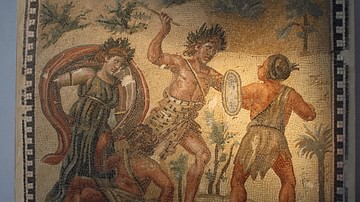
Roman Games, Chariot Races & Spectacle
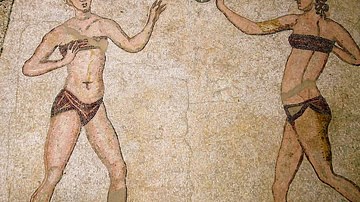
Daily Life in Ancient Rome
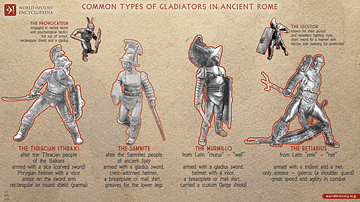
Roman Gladiator
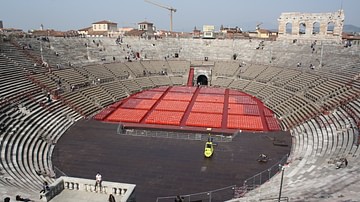
Amphitheatre
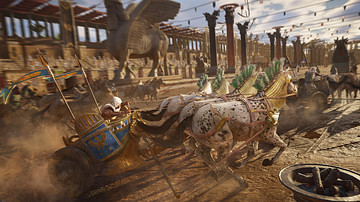
Circus Maximus
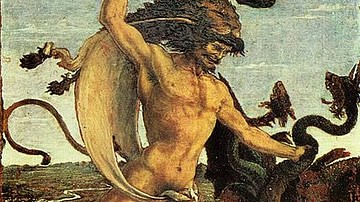
Mythological Re-Enactments in Ancient Roman Spectacle
License & Copyright
Original video by Kelly Macquire. Embedded by Kelly Macquire, published on 07 June 2022. Please check the original source(s) for copyright information. Please note that content linked from this page may have different licensing terms.
Cite This Work
APA Style
Macquire, K. (2022, June 07). Ancient Roman Games, Sports and Spectacles. World History Encyclopedia. Retrieved from https://www.worldhistory.org/video/2782/ancient-roman-games-sports-and-spectacles/
Chicago Style
Macquire, Kelly. "Ancient Roman Games, Sports and Spectacles." World History Encyclopedia. Last modified June 07, 2022. https://www.worldhistory.org/video/2782/ancient-roman-games-sports-and-spectacles/.
MLA Style
Macquire, Kelly. "Ancient Roman Games, Sports and Spectacles." World History Encyclopedia. World History Encyclopedia, 07 Jun 2022. Web. 01 May 2024.
